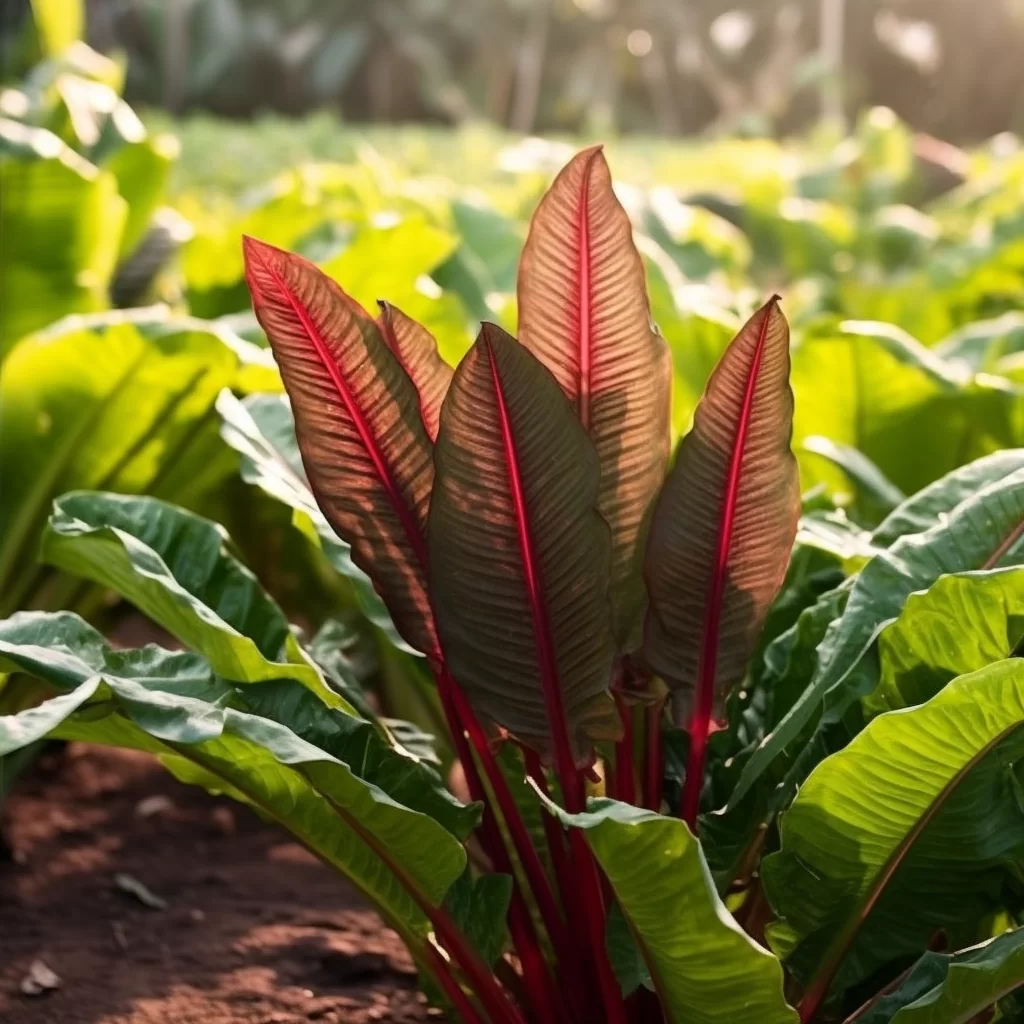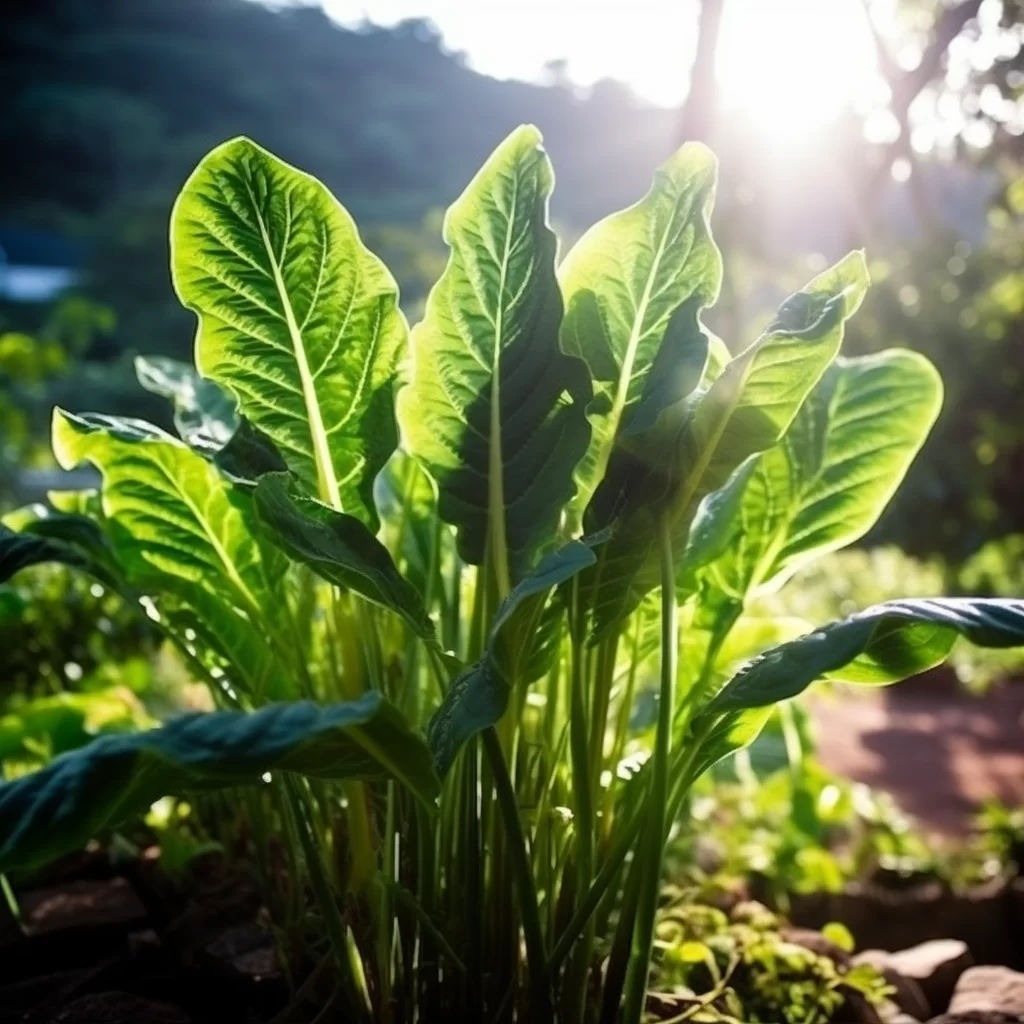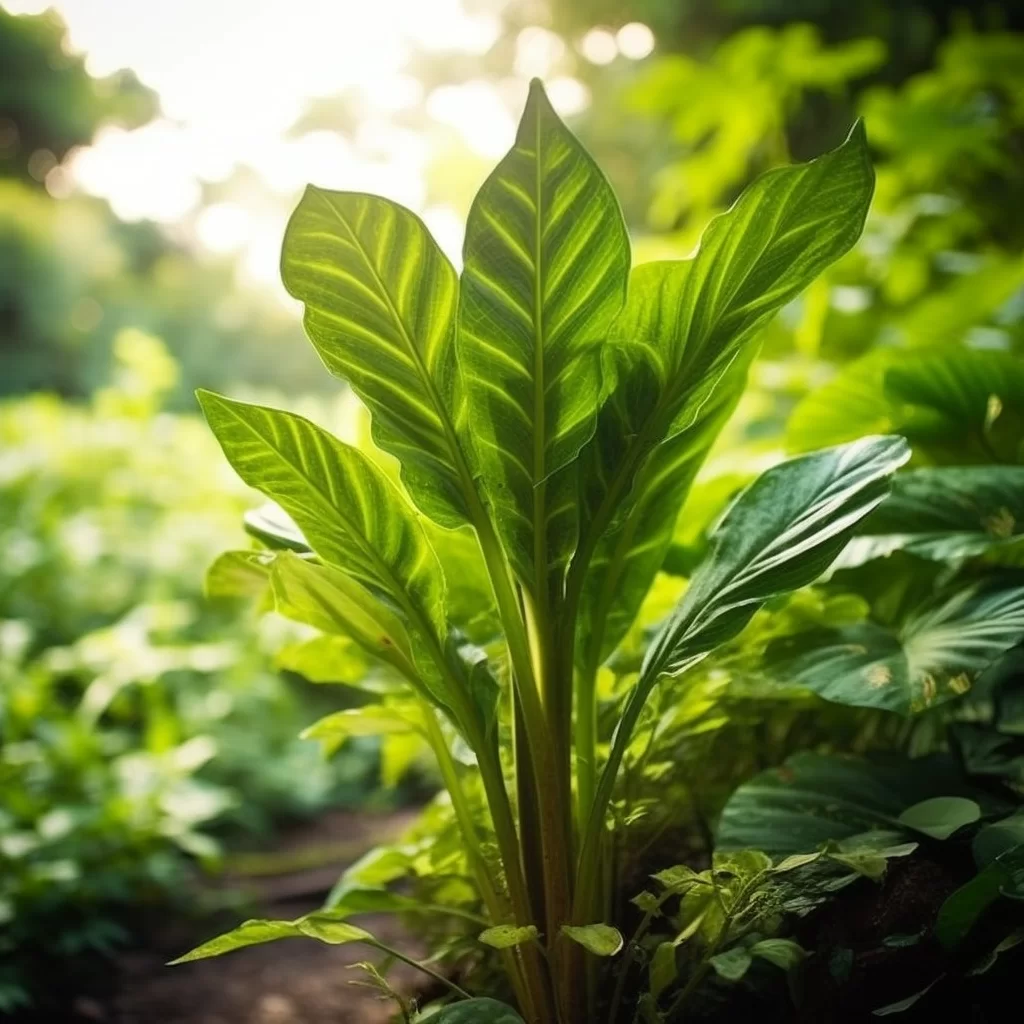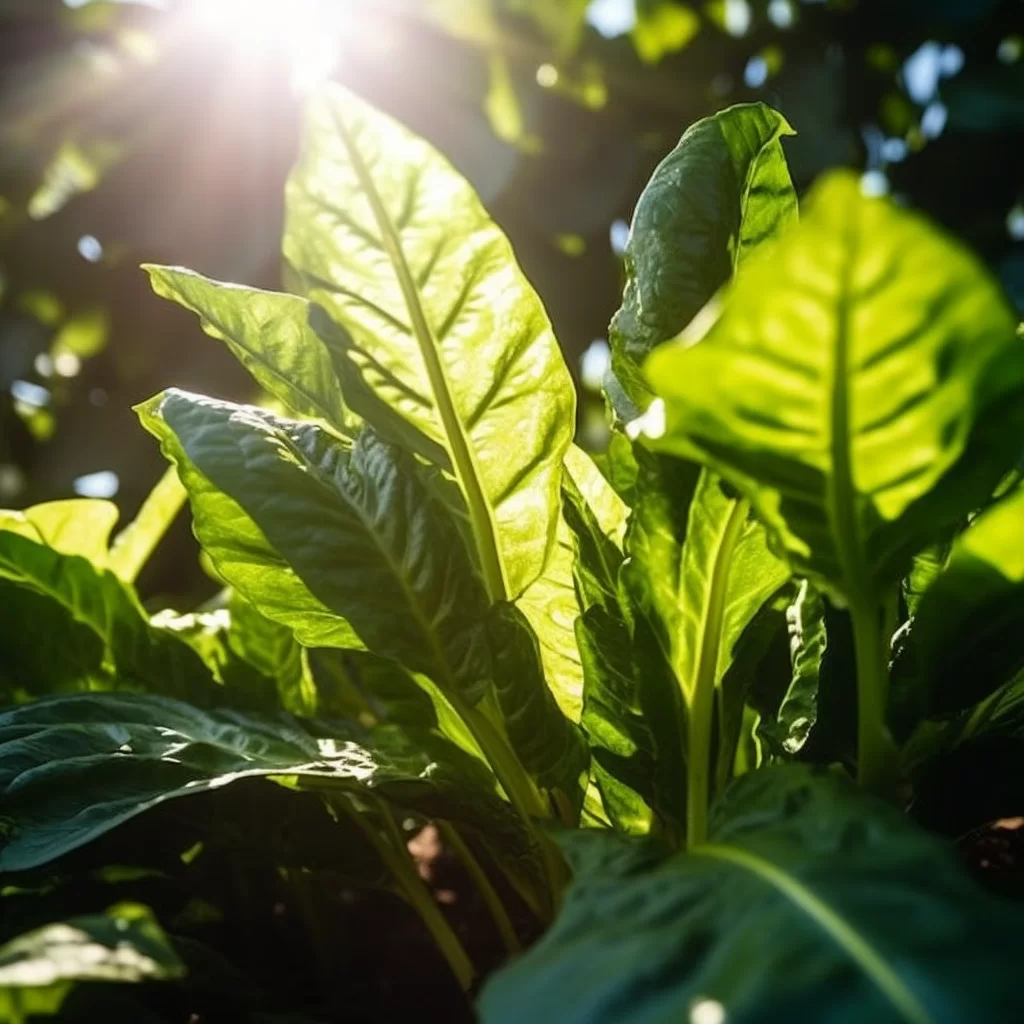Story of Day :
Contents
Callaloo Plant: A Complete Guide and Care Tips
For gardening enthusiasts, there is nothing more satisfying than growing a healthy and diverse garden.
Each plant has its own unique character that requires specific care and attention to thrive.
One such plant that has gained popularity in the Caribbean cuisine is the Callaloo plant.
This dark leafy green vegetable boasts an incredible taste as well as a treasure trove of nutrients.
Its low-maintenance nature makes it a great addition to any garden, even for those new to gardening.
In this article, we will delve deeper into the fascinating world of Callaloo plants and explore all you need to know about growing and caring for them.The Callaloo plant’s rise in fame can be attributed not only to its nutritional value but also its versatility in cooking.
A staple ingredient in many Caribbean dishes, this vegetable can be used in soups or stews or sautéed with spices as a side dish.
Furthermore, it thrives in warm temperatures with little fuss making it perfect for tropical climates – but will grow elsewhere too! Whether you’re looking for an easy-to-grow vegetable or trying out new recipes from different cuisines, adding callaloo plants to your garden could prove rewarding both nutritionally and gastronomically speaking!
What is Callaloo Plant?
The Callaloo plant (Amaranthus spp.) is native to Africa but widely grown in tropical regions worldwide.
It’s often confused with another popular leafy vegetable, spinach due to their similar taste and appearance; however, the two are different plants altogether.
Types of Callaloo Plants
- Amaranthus viridis – also known as slender amaranth or African spinach.
It has small leaves that are tender and great for salads.
- Amaranthus dubius – commonly called red spinach or Chinese spinach, it has larger leaves than Viridis variety.
- Amaranthus tricolor – also called Joseph’s Coat or edible amaranth; it has colorful foliage ranging from deep purple-reds to bright greens on the same stem with a nutty flavor.

Cultivating Your Own Callaloo Plant
The best time for planting callaloos is during warm weather because they don’t tolerate frost well.
Here are some comprehensive steps on how you can grow your own callalloo plants:
Step One: Choose The Right Spot
You should plant your Callaloo in a spot that receives full sun to partial shade.
It’s essential to choose an area with well-draining soil, rich in organic matter.
Step Two: Planting Your Callaloo
Sow the seeds directly into the soil when temperatures reach 65-75°F (18-24°C) and keep them well-watered until they germinate.
You can start harvesting the leaves after eight weeks of planting.
Step Three: Water Regularly
Callaloo plants love water, and you should water them regularly to keep the soil moist, especially during hot weather conditions.
Avoid overwatering as it may cause root rot and fungal diseases.

Step Four: Fertilize
Fertilize your Callaloo plants with a balanced fertilizer every two to three weeks for optimal growth and development.
Caring For Your Callaloo Plants
To ensure that your callaloos thrive optimally:
- Mulch around their base to conserve moisture levels within their roots system.
- Remove any pests or weeds infesting around your callaloos as these may harbor diseases which could lower yield or destroy all of them entirely.
- If you live in colder regions, cover your callaloos during winter months; these are tropical plants that are not frost-tolerant and will die if left unprotected from cold temperatures below freezing point..
The Health Benefits of Eating Callaloo Leaves:
You might be wondering why you should grow Callalloo when there are other popular greens available? Here are some of the reasons why this dark leafy vegetable is worth growing:

- Callaloo leaves are a rich source of vitamins A, B6, C and K that help keep your body healthy.
- It’s also packed with minerals like calcium, magnesium, and iron helping to support bone and blood health.
- The high fiber content in Callaloo helps control blood sugar levels by slowing down sugar absorption in the body.
It can prevent type-2 diabetes by regulating insulin production.
- Callaloo has anti-inflammatory properties that can help reduce inflammation in the body.
It may also help lower cholesterol levels hence reducing heart-related complications such as stroke or heart attack
In Conclusion
If you’re looking for an easy-to-grow vegetable that packs a punch in terms of taste and health benefits, look no further than Callalloo.
This leafy green is a breeze to cultivate and maintain, but it’s important to remember that they do require some attention to get the most out of their growth.
By following our expert tips on how to care for and cultivate Callalloo, you’ll be rewarded with bountiful yields of this highly nutritious plant that can be used in many different recipes.Whether you’re an experienced gardener or just starting out with growing your own produce, Callalloo is one vegetable that’s definitely worth trying.
With its simplicity in cultivation and numerous advantages like being a great source of vitamins A, B6, C as well as calcium and iron – it’s not hard to see why this plant has become so popular among gardeners.
So don’t hesitate any longer – follow our guide closely as we take you through the process step by step – from planting all the way through harvesting!
